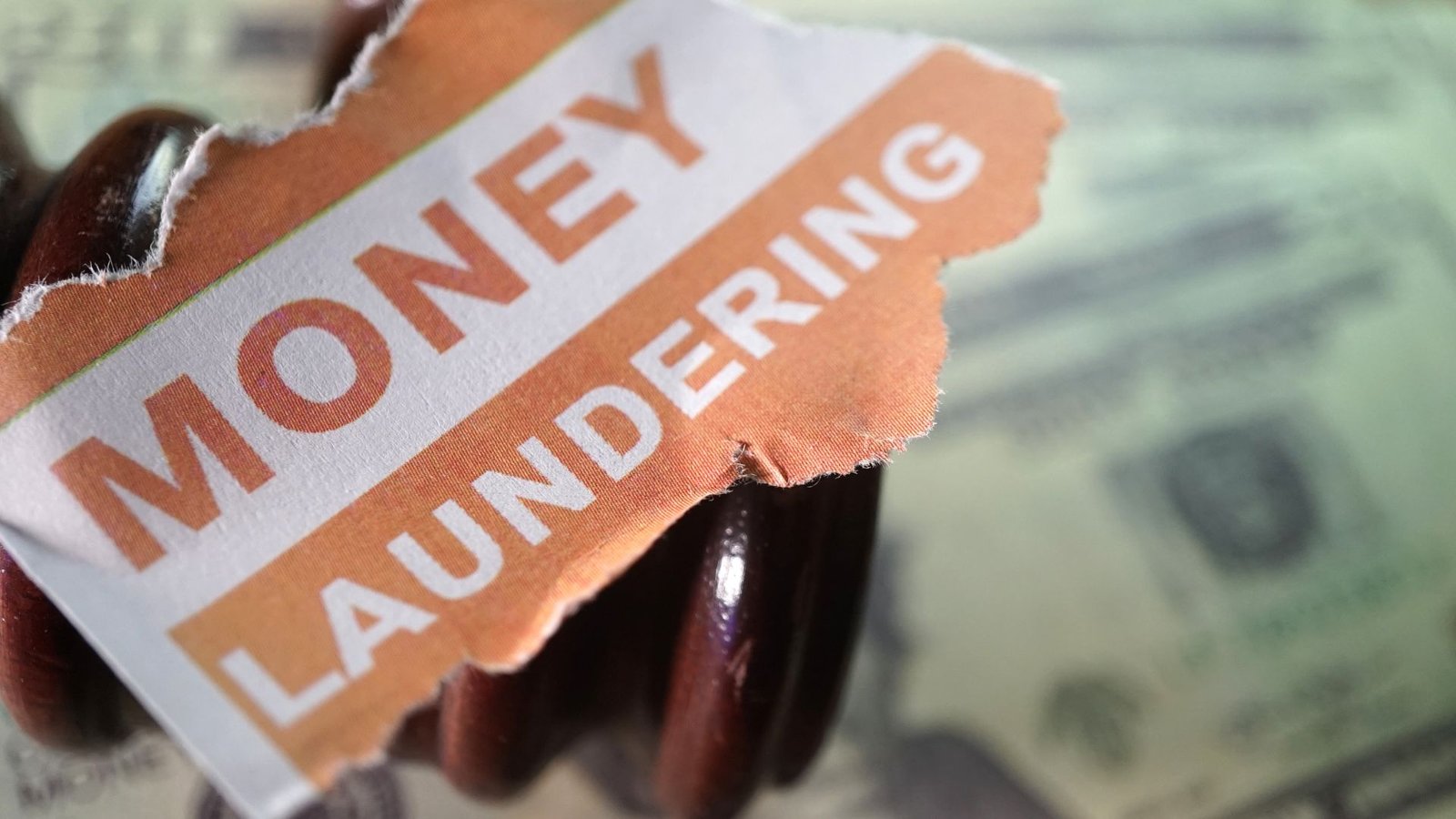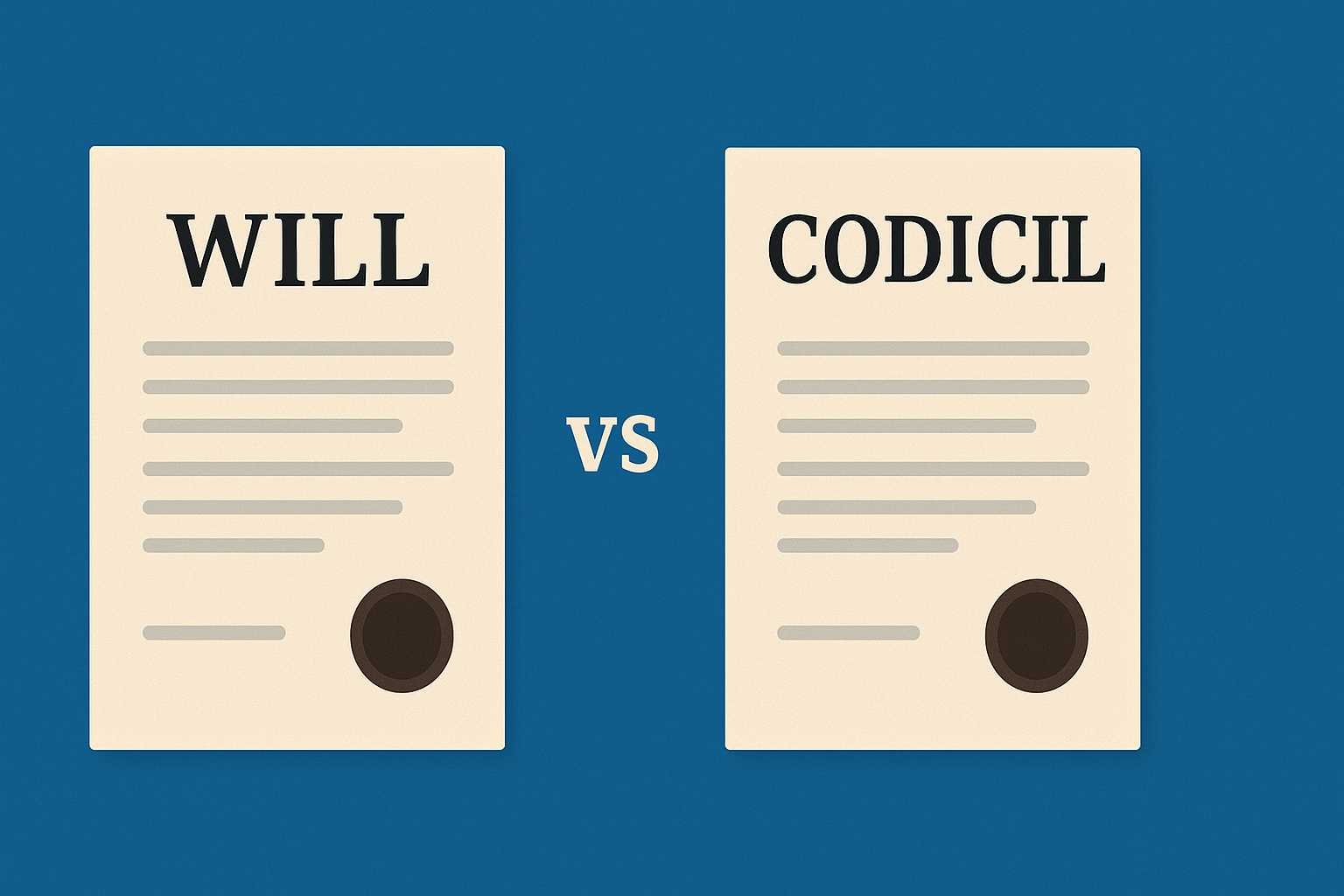On this page you will read detailed information about Money Laundering.
As an Indian citizen, your country has been battling financial crimes like money laundering for years. These illicit activities undermine the economy and facilitate further criminal operations. Educating yourself on money laundering in India empowers you to take action. This article provides an in-depth analysis of money laundering crimes, exploring the methods used, industries affected, and consequences for the nation. With a solid understanding of this critical issue, you can advocate for stronger anti-money laundering policies and regulations. Working together, citizens can compel progress against financial crimes to secure India’s economic future. There is much to be done, but change starts with knowledge. Keep reading to enhance your awareness around this important topic.
What Is Money Laundering?
Money laundering refers to the process of making large amounts of money generated by criminal activity appear to have come from legitimate sources. Typically, the money laundering process involves three steps: placement, layering, and integration.
First, the illegally obtained money is introduced into a legitimate financial system. This is known as placement. Criminals may make small deposits of cash into bank accounts, purchase valuable assets, or buy monetary instruments like money orders or cashier’s checks.
Second, the money is moved around the financial system through a series of transactions to obscure its origin. This is known as layering. Wire transfers between bank accounts in different names and in different countries are commonly used. Criminals may also buy and sell stocks, bonds, art, antiques, or precious metals to move the money around.
Finally, the money is integrated into the financial system through normal-looking transactions like investments in real estate or businesses. At this point, the illegally obtained money appears “clean” and indistinguishable from legitimate funds.
Money laundering undermines the integrity of financial institutions by polluting legal money flows with illegally obtained funds. It also allows criminals to benefit from their illegal activities and continue criminal enterprises. Many governments have enacted laws against money laundering, requiring financial institutions to monitor transactions for suspicious activity and report it to authorities like the Financial Crimes Enforcement Network (FinCEN) in the United States. However, globalization of finance and new payment methods continue to present opportunities for money laundering. Combating this issue requires coordinated efforts across borders and continuous innovation in regulatory practices.
In summary, money laundering allows criminals to disguise the illegal origins of funds and integrate dirty money into the legitimate financial system. Preventing and detecting money laundering is crucial to curb criminal behavior and maintain the integrity of the global financial system. Constant vigilance and a coordinated response across countries can help address this complex problem.
In the previous post, we had shared information about Defining Economic System and Their Role in Society, so read that post also.
Common Methods of Money Laundering in India
Money laundering in India is a serious concern and illegal activity that involves disguising illegally obtained money to hide its origin and integrate it into the financial system. There are a few common techniques used by money launderers in India to conceal illicit funds and evade authorities.
Layering
Layering involves moving money around the financial system through a series of complex transactions to hide its origin. Money launderers may transfer funds between multiple bank accounts, purchase monetary instruments like traveller’s cheques and cashier’s cheques, or move money through shell companies and trusts to obscure the audit trail.
Real Estate Purchases
Buying and selling real estate is a common way for money launderers to hide illicit cash. They will use illegal proceeds to purchase properties and then sell them, allowing them to declare the funds as legitimate income. High-end real estate is particularly attractive for money laundering due to the high prices and limited regulation.
Trade-Based Money Laundering
Money launderers will disguise illegal funds as payments for imported or exported goods and services to integrate them into the legitimate economy. They will over-invoice or under-invoice the value of traded goods to move money between countries or manipulate trade documents to disguise the origin of funds. For example, a money launderer may overpay for imports from an accomplice, who then returns the excess payment in cash.
Casinos and Gambling
Casinos and online gambling sites are attractive avenues for money laundering due to large cash transactions and limited oversight. Money launderers will purchase chips or gamble with illicit cash and then claim their winnings as legitimate gambling profits. They may also transfer money through casino accounts to further obscure its origin before withdrawing it.
In summary, money launderers employ a variety of techniques to integrate illicit funds into the financial system and disguise their criminal origins. Layering, real estate transactions, trade-based money laundering and casinos are some of the most common methods used in India to launder money and evade authorities. Combating these illegal activities will require increased enforcement and regulation.
Industries Prone to Money Laundering Activities
Financial Institutions
Financial institutions like banks, stock exchanges, and insurance companies are common targets for money laundering. Criminals will deposit illegal proceeds into bank accounts and transfer funds between accounts under the guise of loans to disguise the source of funds. They may also buy and sell stocks, bonds, and other securities to generate “legitimate” profits and receipts to justify illegal income.
Cash-Intensive Businesses
Businesses where most transactions are in cash, like restaurants, hotels, casinos, jewelry stores, and car washes, are ideal for money laundering. It is easy to commingle illegal cash with legal revenue to hide its origin. Criminals may also artificially inflate the number of customers and sales to justify illegal profits. These cash-intensive fronts blend illegal money into the system and provide excuses for large cash deposits into business bank accounts.
Real Estate
The real estate industry is a popular vehicle for laundering money due to the large amounts of cash that change hands. Criminals will buy expensive properties with illegal proceeds and then sell them to generate legitimate funds or collateral for loans. They may also sell properties to co-conspirators at inflated prices to generate profits to justify illegal income. Mortgage fraud and false property appraisals are common tactics used to maximize the amount of money that can be laundered through real estate transactions.
Trade-Based Money Laundering
Import/export companies are at high risk for trade-based money laundering. Criminals will misrepresent the value and volume of goods traded to disguise the transfer of funds. They may over-invoice or under-invoice merchandise to hide profits or generate extra cash. Fake or overvalued invoices are used to justify wire transfers between companies to obscure the origin or destination of illegal funds. Trade-based money laundering exploits global trade networks to mask criminal money flows on a massive scale.
In summary, money laundering is most prevalent in businesses that deal in high-value or cash transactions, have complex ownership structures, or move large volumes of goods and money across borders. Tightening controls and increasing transparency in these sectors are critical to curbing money laundering in India.
Regulatory Bodies Tackling Financial Crimes in India
In India, there are a number of regulatory agencies tasked with combating money laundering and other financial crimes. The primary agency is the Financial Intelligence Unit (FIU-IND), which was established in 2004. FIU-IND is responsible for receiving, analyzing, and disseminating financial information to the relevant law enforcement agencies.
Enforcement Directorate
The Enforcement Directorate (ED) investigates offenses under the Prevention of Money Laundering Act (PMLA). The ED can seize illegally obtained assets and has the authority to arrest individuals accused of money laundering. The ED receives financial intelligence from FIU-IND to aid in investigations of money laundering and terror financing.
Central Bureau of Investigation
The Central Bureau of Investigation (CBI) investigates financial crimes and corruption. Although the CBI does not exclusively focus on money laundering, it utilizes financial intelligence and works with FIU-IND and the ED on cases involving money laundering and fraud. The CBI has nationwide jurisdiction over crimes related to corruption and major financial frauds.
Income Tax Department
The Income Tax Department monitors tax compliance and investigates tax evasion. Unexplained income or assets disproportionate to known sources of income may indicate money laundering. The Income Tax Department shares information with FIU-IND on transactions or individuals suspected of tax evasion, money laundering, or other financial wrongdoings.
Reserve Bank of India
The Reserve Bank of India (RBI) regulates Indian financial institutions including banks, non-banking financial companies, and payment systems. The RBI issues guidelines on anti-money laundering compliance, monitors transactions, and penalizes entities that fail to comply. The RBI also analyzes suspicious transaction reports submitted by financial institutions and shares relevant information with FIU-IND.
By working together, these regulatory bodies strive to strengthen India’s anti-money laundering regime and combat the criminal elements that threaten the integrity of India’s financial system. Their coordinated efforts have led to investigations, arrests, and asset seizures targeting money laundering networks across the country.
Recent Major Money Laundering Cases in India
India’s Prevention of Money Laundering Act (PMLA) criminalizes money laundering and enables authorities to attach and confiscate the proceeds of crime. However, several high-profile cases have revealed the prevalence of money laundering in India.
Nirav Modi Case
In 2018, billionaire jeweler Nirav Modi was accused of masterminding a $1.8 billion fraud at Punjab National Bank (PNB), India’s second-largest state-owned bank. Modi allegedly used fake guarantees to obtain loans from PNB to fund his luxury jewellery business. Modi has since fled India, exposing failures in the Indian banking system and PNB’s lack of internal controls.
Rotomac Pen Fraud
Another banking fraud was uncovered in 2018 involving Rotomac Pens owner Vikram Kothari, who allegedly defaulted on $385 million in loans from multiple Indian banks. Similar to the Modi case, Kothari used falsified documents to obtain the loans. Although Kothari was arrested, critics argue more needs to be done to reform India’s banking system and prevent repeat offenses.
Hasan Ali Khan Case
In 2007, Pune stud farm owner Hasan Ali Khan was accused of massive tax evasion and laundering $8 billion in undeclared income. However, shoddy investigation and prosecution resulted in his acquittal in 2015. The verdict was controversial, highlighting India’s challenges in effectively prosecuting financial crimes. Critics argue India’s enforcement agencies lack expertise and political will to curb unlawful behavior by powerful individuals.
Overall, while the PMLA provides a strong legal framework, weak enforcement and loopholes in India’s financial system have enabled money laundering by nefarious actors. Tougher penalties, enhanced due diligence by banks, and coordinated enforcement action are needed to win the fight against financial crimes threatening India’s economy. Constant monitoring and adaptation to evolving money laundering typologies can help remedy deficiencies enabling unlawful behavior. Strong, fair and consistent application of existing laws is key.
Conclusion
When money laundering rears its ugly head, the ethical citizen has a duty to expose it. Though complex and hidden in plain sight, these activities undermine communities and enable further criminal acts. Do not let apathy or fear stop you from speaking out. Educate yourself on the financial crimes that damage your country, and advocate for stronger laws and oversight. With vigilance and moral courage, good people can curb the harm caused by dirty money. The financial health of the nation depends on it.
Disclaimer
The information and services on this website are not intended to and shall not be used as legal advice. You should consult a Legal Professional for any legal or solicited advice. While we have good faith and our own independent research to every information listed on the website and do our best to ensure that the data provided is accurate. However, we do not guarantee the information provided is accurate and make no representation or warranty of any kind, express or implied, regarding the accuracy, adequacy, validity, reliability, availability, or completeness of any information on the Site. UNDER NO CIRCUMSTANCES SHALL WE HAVE ANY LIABILITY TO YOU FOR ANY LOSS OR DAMAGE OF ANY KIND INCURRED AS A RESULT OR RELIANCE ON ANY INFORMATION PROVIDED ON THE SITE. YOUR USE OF THE SITE AND YOUR RELIANCE ON ANY INFORMATION ON THE SITE IS SOLELY AT YOUR OWN RISK. Comments on this website are the sole responsibility of their writers so the accuracy, completeness, veracity, honesty, factuality and politeness of comments are not guaranteed.
So friends, today we talked about Money Laundering, hope you liked our post.
If you liked the information about Money Laundering, then definitely share this article with your friends.
Knowing about laws can make you feel super smart ! If you find value in the content you may consider joining our not for profit Legal Community ! You can ask unlimited questions on WhatsApp and get answers. You can DM or send your name & number to 8208309918 on WhatsApp








